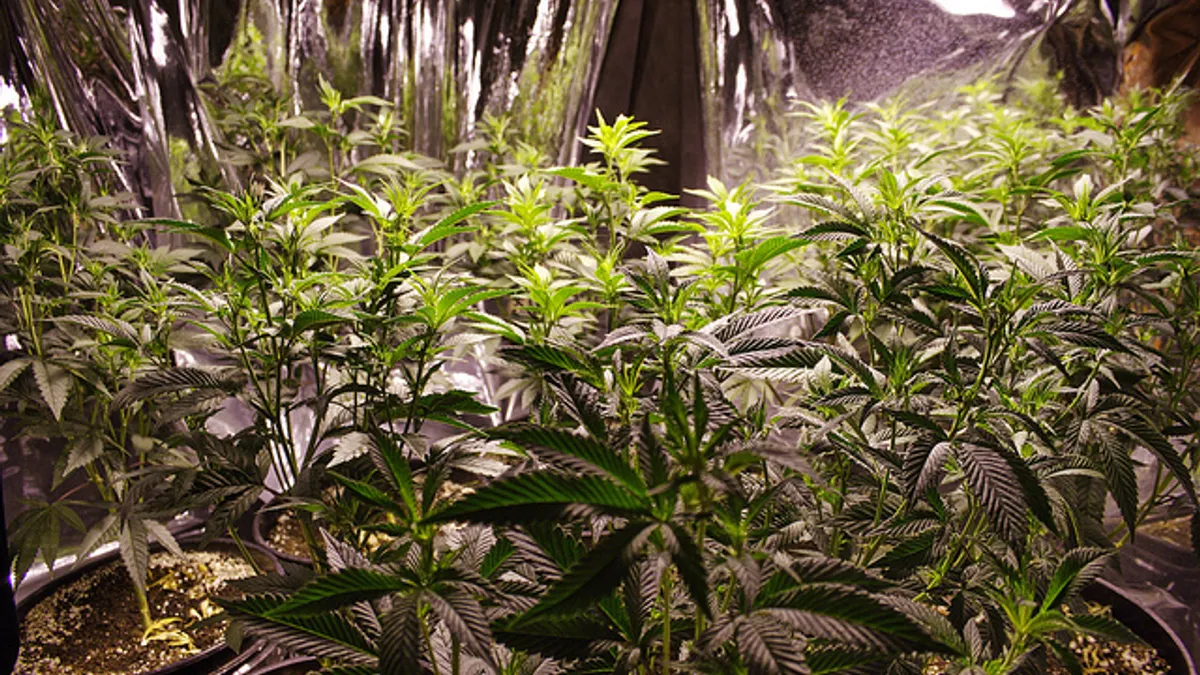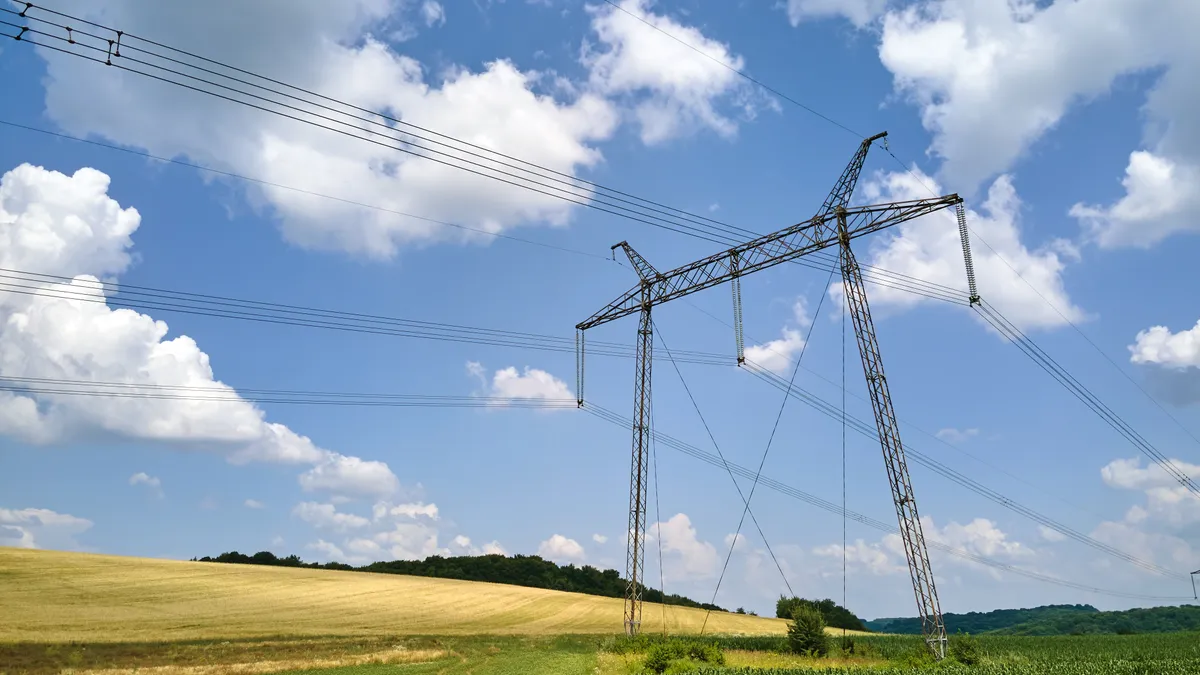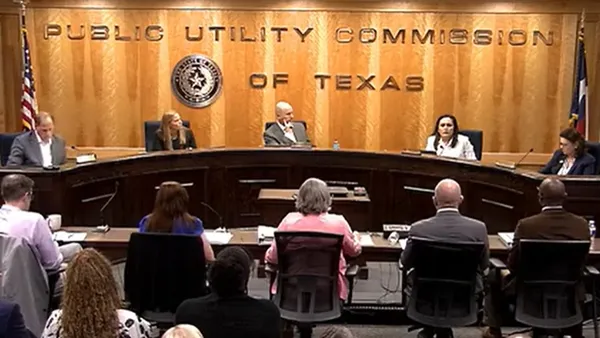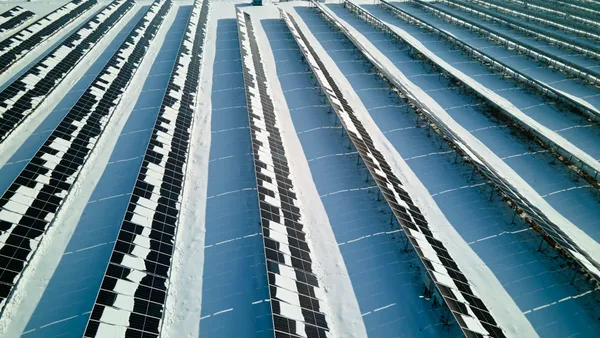Dive Brief:
- Voters in Florida and five other states have approved ballot initiatives that legalize marijuana in some form, from California's recreational approval to the Sunshine State's relatively restrictive medical program, according to multiple news outlets.
- Along with higher tax revenues, however, legalization brings with it a slew of challenges for power utilities that see demand spike when growers turn on banks of high-wattage lights and rarely look to efficiency measures.
- For instance, Oregon's Pacific Power last year had more than a half dozen outages caused by marijuana-related electricity demand, and charged those responsible about $5,000. The utility now wants customers to reach out before starting to grow pot.
Dive Insight:
The legal marijuana industry is beginning to have broader impacts on the electricity sector, outside of traditional epicenters like the Pacific Northwest and California. Florida, which has struggled to integrate more renewable energy sources, could be facing an uptick in demand driven by cannabis producers.
This week voters in California, Nevada, and Massachusetts, Florida, North Dakota and Arkansas approved a range of marijuana legalization initiatives.
For some comparison,growing four mature marijuana plants consumes about as much power as running 29 refrigerators around the clock.It is a remarkably energy-intensive industry, but because it was has been illegal for years, many operations choose to work inside. That is leading to development of a cottage industry surrounding cultivation and more efficient lighting.
The Northwest Power and Conservation Council believes regional demand from producers in Idaho, Montana, Oregon and Washington, could reach almost 250 MW by 2035. Efforts to rein in some of that demand have been hampered by federal laws which still have marijuana as a Schedule 1 restricted drug, making it difficult for utilities to fund efficiency measures.
The day after the election, LED-developer Lighting Science announced sales of its VividGro LED indoor grow lights more than doubled in the last year, and the company expects the cannabis industry to jump from $6 billion to $50 billion in revenue by 2026.
“Cannabis is one of the most energy-intensive industries in the world,” said Pete Rumsey, executive vice president of business development at Lighting Science. “Statistics show that one percent of all electricity used in the United States today is used by indoor marijuana growers, to the tune of almost $6 billion annually." LED lights could dramatically reduce that cost, he said.













